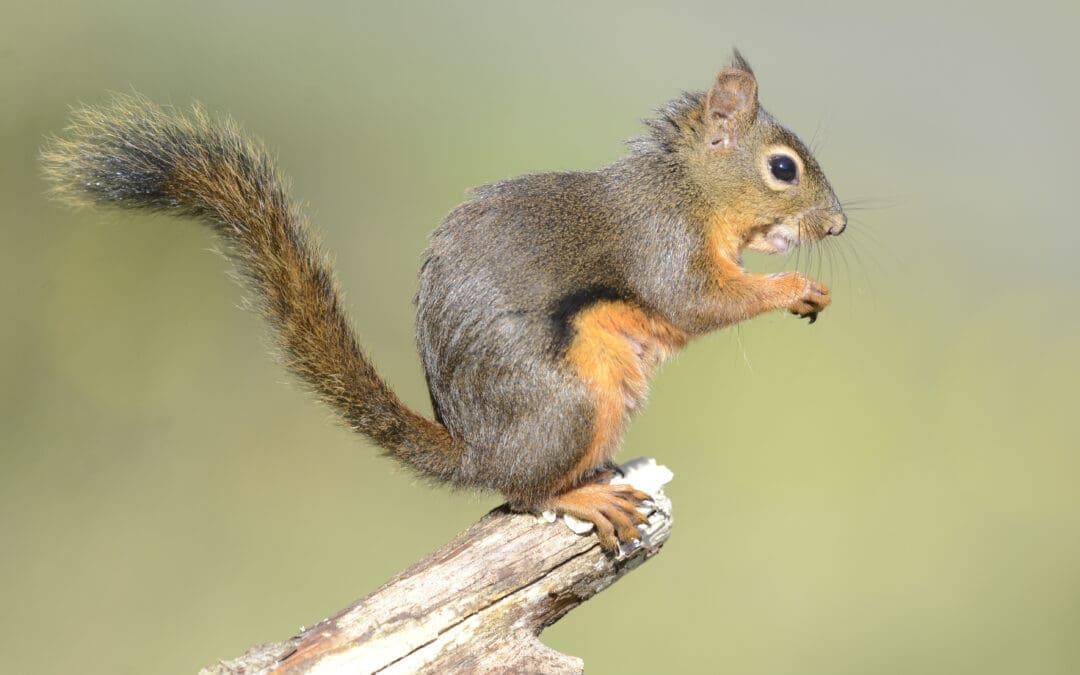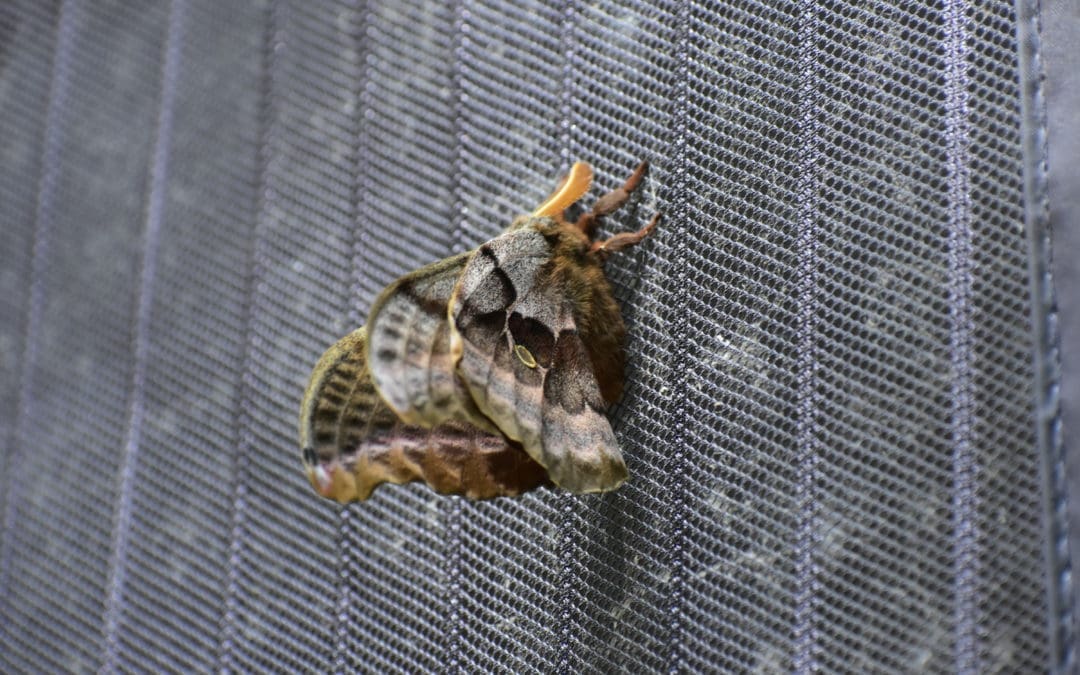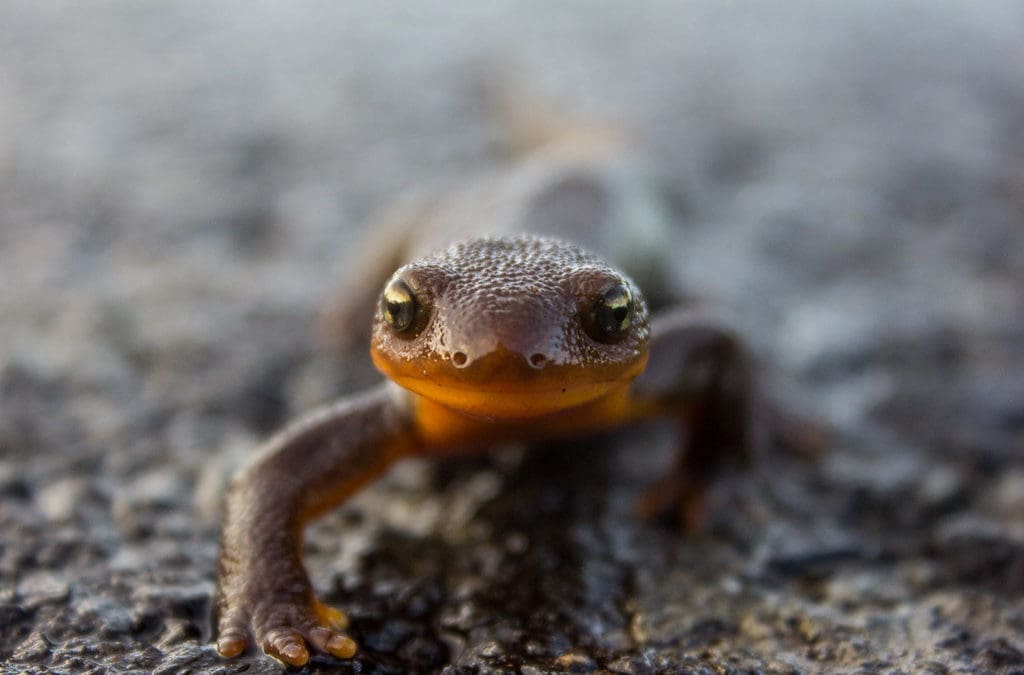
by Shadow Habitat | Jan 15, 2024 | Native animals
Seven species of these fuzzy rodents call Washington home, but only five of them are native to our area. All live in forests, and are primarily herbivorous, but they are surprisingly diverse in their lifestyles and range. Top predators of most squirrels are domestic...

by Shadow Habitat | Oct 23, 2023 | Native animals, Native plants
Mushrooms are present all year but are particularly prevalent after the heavy rains characteristic of spring and fall. The rainy conditions this fall have produced a bumper crop of mushrooms and has gotten SHADOW staff excited about identifying and learning about...

by Shadow Habitat | Jul 11, 2023 | Native animals
Moths evolved long before butterflies; fossils of moths have been dated back 200 million years. Some scientists believe that moths evolved with flowering plants. But new studies suggest that they first developed their long tongue, or proboscis, to lap up sweet...

by Shadow Habitat | May 2, 2023 | Native animals
Axolotl Questions About Our Native Salamanders Frogs are our most vocal amphibians, and we have a number of species here in Washington. But our diversity of wetlands and streams, from lowlands to mountains also provide a multitude of habitats for our other big...

by Shadow Habitat | Apr 26, 2023 | Native animals
The smallest frog in western Washington is also our most prolific, and has the widest distribution throughout the state. The Pacific Tree Frog, Psudacris regilla, is the only native frog species found in every county! This little frog is so abundant that it was made...

by Shadow Habitat | Feb 12, 2023 | Native animals, Native plants
After the first meeting, if the fungus and algae are compatible, they can make a lichen body (thallus). This means that only certain algae and certain fungi can get together to form a lichen. Lichens are a symbiotic partnership of two or more separate lifeforms, a...









Recent Comments